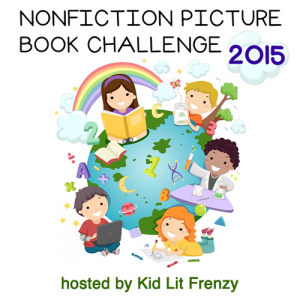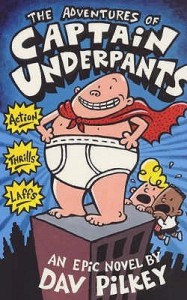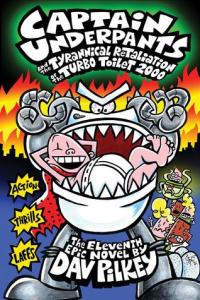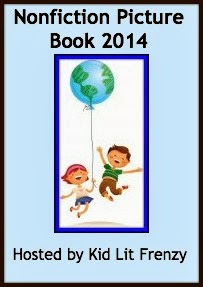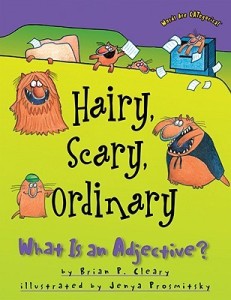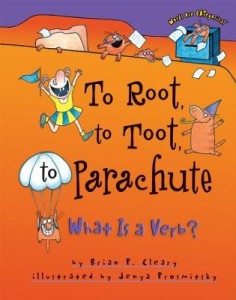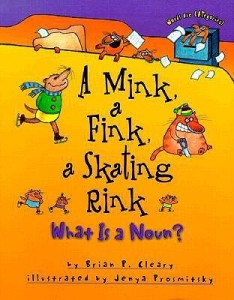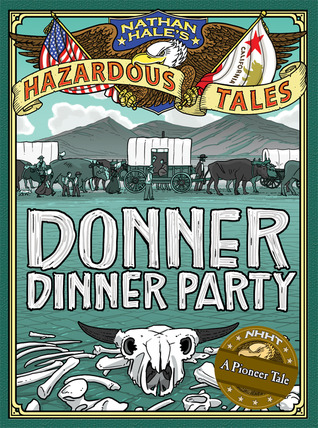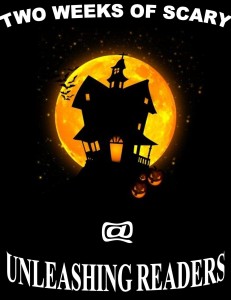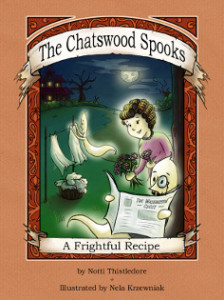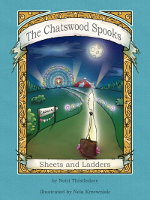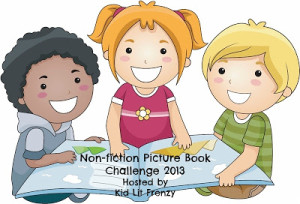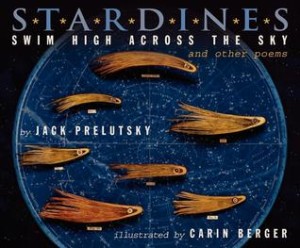Nonfiction Picture Book Wednesday
Nonfiction Picture Book Wednesday is hosted by Kid Lit Frenzy and was started to help promote the reading of nonfiction texts. Most Wednesdays, we will be participating and will review a nonfiction text (though it may not always be a picture book).
Be sure to visit Kid Lit Frenzy and see what other nonfiction books are shared this week!
***Yes, poetry counts as nonfiction! Ask Dewey :)**
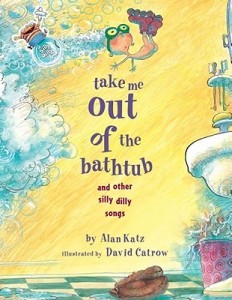
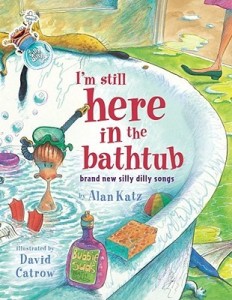
Take Me Out of the Bathtub
Author: Alan Katz
Illustrator: David Catrow
Published May 1st, 2001 by Margaret K. McElderry Books
I’m Still Here in the Bathtub
Author: Alan Katz
Illustrator: David Catrow
Published April 1st, 2003 by Margaret K. McElderry Books
Take Me Out of the Bathtub Goodreads Summary: Remember… “Take Me Out to the Ballgame” and “I’ve Been Working on the Railroad”? Well, forget ’em!
Songwriter and comedy writer extraordinaire Alan Katz has turned those and other old favorites on their ears and created new nonsense songs kids will love. With zany, spirited pictures by illustrator and cartoonist David Catrow, this kooky collection guarantees laughs and plenty of silly dillyness for kids everywhere!
I’m Still Here in the Bathtub Goodreads Summary: If you like… “Wheels on the Bus” and “Itsy Bitsy Spider,” you’ll go NUTS for “The Meals at My Camp” and “Tiny Baby Brother”!
Songwriter and comedy writer par excellence Alan Katz has done it again! He’s turned fourteen favorite songs upside down and created new nonsense songs kids will love. With hilariously funny pictures by illustrator and cartoonist David Catrow, this new collection promises giggles, guffaws, and hours of silly dillyness for kids everywhere!
My Review and Teachers’ Tools for Navigation: I really enjoyed these books. I found myself singing out loud just so I can figure out how to make Katz’s lyrics fit with the original songs. I love the idea of singing these silly songs with students to the tune of classics. I think it gives a great opportunity to talk about the classic songs, where they came from, and their meaning. Then, the silly songs give you a chance to look at rhyming, rhythm, other poetic elements, and humor. I think it would be a fun activity to have students then emulate Alan Katz’s songs by writing their own fun songs.
Discussion Questions: What other nursery rhymes or songs could you “silly-fy”?; Can you just choose any words to fit into the songs or do you have to be careful? How can you decide what words to choose?
We Flagged: “Take Me Out of the Bathtub” (To the tune of “Take Me Out to the Ballgame)
Take me out of the bathtub
Take me out of the suds
I’ve been here soaking since half past two
I feel so sudsy and wrinkle-y, too
Oh, I washed all over my body
My head, my toes, in between
I used one, two, three bars of soap
Take me out….I’m clean.
Read This If You Loved: Crankee Doodle by Tom Angleberger, Bananas in my Ears by Michael Rosen
Recommended For:
